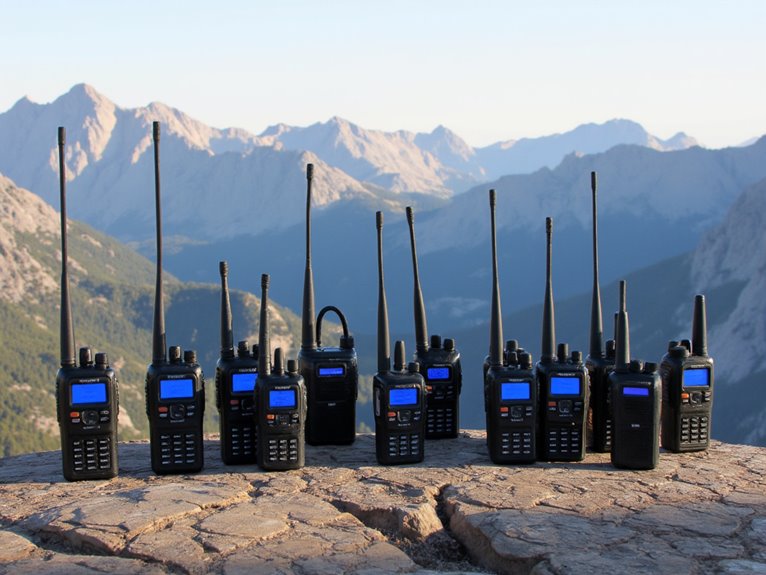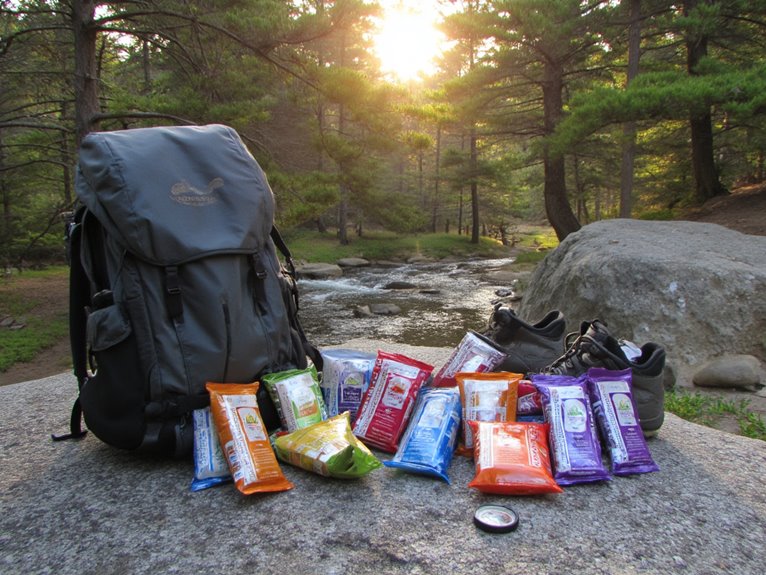Do Female Cyclists Wear Bras?
Female cyclists often wear specialized sports bras designed to provide comfort, support, and confidence during long rides, as unchecked breast movement can lead to discomfort, skin irritation, and nipple soreness. A good cycling bra reduces breast movement and discomfort, providing additional support and stability. While some cyclists choose to forgo bras for comfort and practicality, many prefer the security and confidence a well-fitting bra provides. To find the ideal bra for peak cycling performance and comfort, consider factors such as cup size, band size, and desired level of compression, and discover the benefits of a well-designed cycling bra.
We are supported by our audience. When you purchase through links on our site, we may earn an affiliate commission, at no extra cost for you. Learn more. Last update on 19th December 2025 / Images from Amazon Product Advertising API.
Cycling Bras: A Necessity or Luxury?
While some female cyclists may view cycling bras as an unnecessary expense, others swear by their ability to provide comfort, support, and confidence during long rides.
A good cycling bra can make a significant difference in a rider's overall comfort level, allowing her to focus on the road ahead rather than adjusting her clothing.
Cycling bras are designed to provide additional support and stability, reducing breast movement and minimizing discomfort.
For female cyclists who ride regularly, a cycling bra can be a worthwhile investment, especially for those who participate in longer or more intense rides.
The Science of Breast Movement
During intense physical activities like cycling, a woman's breasts can move up to 8 inches in a single cycle, resulting in discomfort, distraction, and even pain if not properly supported.
This movement, known as breast displacement, occurs due to the natural bouncing and oscillation of the breasts during exercise. The breasts' kinetic energy is influenced by factors such as breast size, shape, and density, as well as the intensity and frequency of the cycling motion.
Unchecked breast movement can lead to skin irritation, breast tenderness, and even nipple soreness.
Understanding the science behind breast movement is essential for developing effective support systems, ensuring female cyclists can ride comfortably and confidently.
Sports Bra Options for Cycling
Selecting the right sports bra for cycling is essential, as it can substantially impact a female cyclist's comfort, performance, and overall riding experience.
A good sports bra should provide adequate support, compression, and moisture-wicking properties to keep riders cool and dry. Look for bras with breathable fabrics, adjustable straps, and a snug fit.
Cycling-specific sports bras often feature a more minimalist design, reducing bulk and chafing. Some popular brands include Pearl Izumi, Specialized, and Rapha.
When choosing a sports bra, consider factors such as cup size, band size, and desired level of compression. Many sports bras also offer additional features like pockets for storage or removable cups for customization.
Braless Cycling: The Pros and Cons
For female cyclists who opt to forgo a sports bra, braless cycling presents an intriguing, albeit controversial, alternative that warrants examination of its advantages and disadvantages.
On the plus side, cycling without a bra can provide a sense of freedom and comfort, unencumbered by restrictive fabric. Additionally, some argue that going braless allows for a full range of motion, potentially improving cycling performance.
However, drawbacks include increased breast movement, potentially leading to discomfort, chafing, and even long-term sagging. In addition, some women may experience self-consciousness or embarrassment, affecting their overall cycling experience.
Ultimately, whether to cycle braless is a personal decision, and women should weigh the pros and cons carefully before making an informed choice.
In this section, we shift our focus to the voices of real cyclists who share their personal experiences and insights on wearing bras while cycling.
From riding without a bra to balancing comfort and performance, our contributors offer a diverse range of perspectives that highlight the importance of personal preference.
Riding Without a Bra
Many female cyclists have opted to ditch their bras while riding, citing comfort and practicality as top reasons for going bra-less.
For some, the added bulk and chafing of a bra can be a significant discomfort during long rides.
Others find that their jersey or tank top provides sufficient support, making a bra unnecessary.
Rachel, an avid cyclist, shares her experience: 'I stopped wearing a bra on rides because it was causing chafing and discomfort. Now, I wear a breathable jersey and feel more comfortable and free.'
In the same vein, Sarah notes, 'I don't wear a bra on shorter rides, but will on longer ones for extra support.'
These cyclists prioritize comfort and practicality, choosing to forgo the bra for a more enjoyable ride.
Comfort Vs. Performance
While comfort is a critical consideration for female cyclists, many also prioritize performance, and a growing number of cyclists are weighing the trade-offs between the two.
Real cyclists share their experiences, highlighting the delicate balance between comfort and performance. For some, a comfortable bra can make all the difference in their riding experience, while others are willing to sacrifice comfort for improved aerodynamics.
Some key considerations when weighing comfort vs. performance include:
Breathability: A breathable bra can help keep you cool and dry, even on long rides.
Support: Adequate support is crucial for comfort and performance, especially for larger-breasted riders.
Moisture-wicking: Moisture-wicking fabrics can help keep you dry and comfortable, even in high-intensity rides.
Adjustability: An adjustable bra can provide a customized fit, ensuring both comfort and performance.
Personal Preference Matters
Five female cyclists share their personal experiences, highlighting the importance of personal preference when choosing the right bra for cycling.
Sarah, a competitive road cyclist, swears by a high-impact sports bra for its superior support and comfort.
In contrast, Emily, a casual commuter, prefers a lightweight, breathable bra that allows for maximum mobility.
Rachel, a mountain biker, emphasizes the need for a bra that can keep up with intense activities, while Karen, a spin class enthusiast, prioritizes style and fashion.
Finally, Jenny, a leisure cyclist, values comfort above all, opting for a soft, seamless bra.
These diverse perspectives demonstrate that personal taste plays a significant role in selecting the ideal bra for cycling, and there is no one-size-fits-all solution.
Choosing the Right Cycling Bra
When selecting a cycling bra, it's essential to consider two crucial factors: bra style options and comfortable fit features.
The right bra style can provide optimal support and flexibility, while a comfortable fit ensures a distraction-free ride.
Bra Style Options
With a multitude of bra styles available, cyclists can choose from a range of options tailored to their specific needs, riding style, and personal preferences. Whether you're a casual weekend rider or a competitive athlete, there's a bra style to suit your requirements.
Some popular bra style options to explore:
- Racerback bras: Designed for high-intensity activities, these bras provide maximum support and moisture-wicking properties.
- Compression bras: Ideal for riders who prioritize comfort, these bras offer gentle compression and a soft, breathable fabric.
- Encapsulation bras: Featuring separate cups for each breast, these bras provide excellent support and separation.
- Pullover bras: Simple, easy to wear, and often more affordable, these bras are a great option for casual riders.
Comfortable Fit Features
A well-fitting cycling bra should tick all the boxes, including adjustable straps, breathable fabrics, and a snug yet comfortable design that moves with the rider, rather than restricting their movement.
A good cycling bra should provide medium-impact support, suitable for cycling's gentle bumps and vibrations.
Look for bras with wide, padded straps that distribute pressure evenly, reducing pressure points and discomfort. Moisture-wicking fabrics, such as mesh panels, help keep riders cool and dry.
A comfortable fit is essential, as it allows riders to focus on their performance rather than adjusting their bra. Choose a bra that offers a range of adjustability, ensuring a customized fit that accommodates different body types and preferences.
Bra Maintenance and Care Tips
Every female cyclist should prioritize regular bra maintenance to guarantee maximum comfort, support, and hygiene during rides. Proper care extends the lifespan of your bra, ensuring it continues to provide optimal performance.
To maintain your bra, follow these simple tips:
- Hand wash your bra in cold water with a mild detergent to prevent damage to the fabrics and components.
- Avoid using fabric softener, as it can reduce the bra's moisture-wicking abilities.
- Reshape your bra while it's still damp to maintain its original shape and prevent stretching.
- Air dry your bra, as machine drying can cause damage to the materials and elastic.




